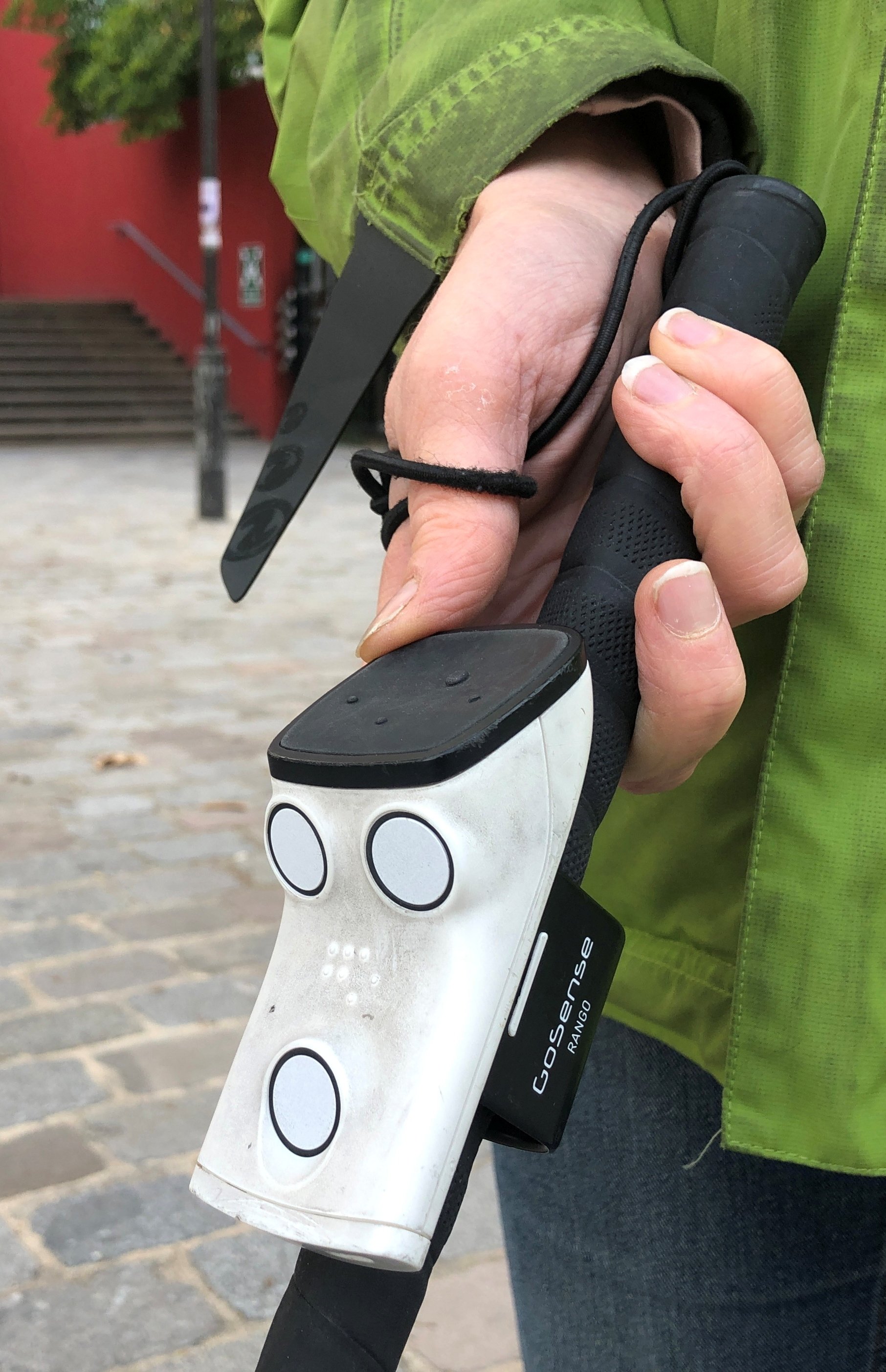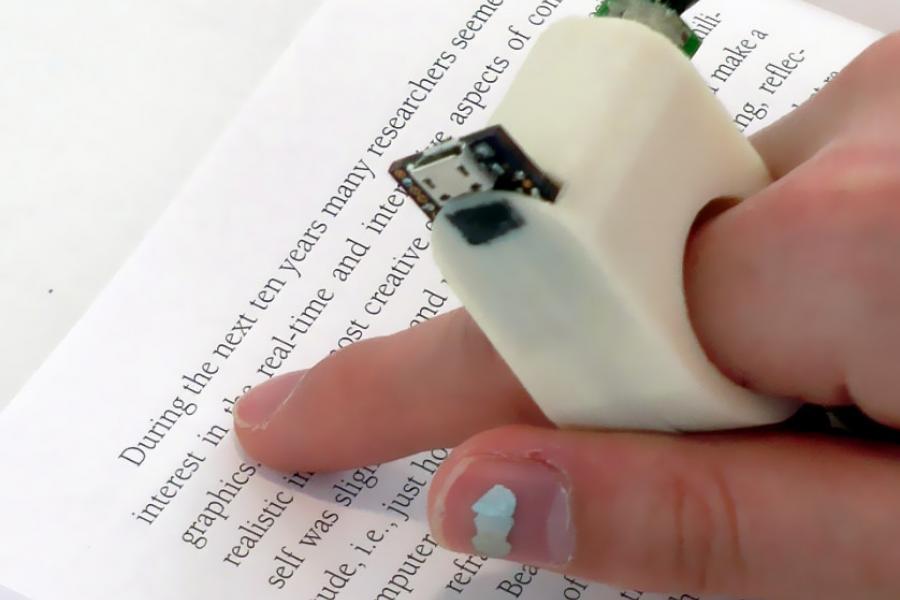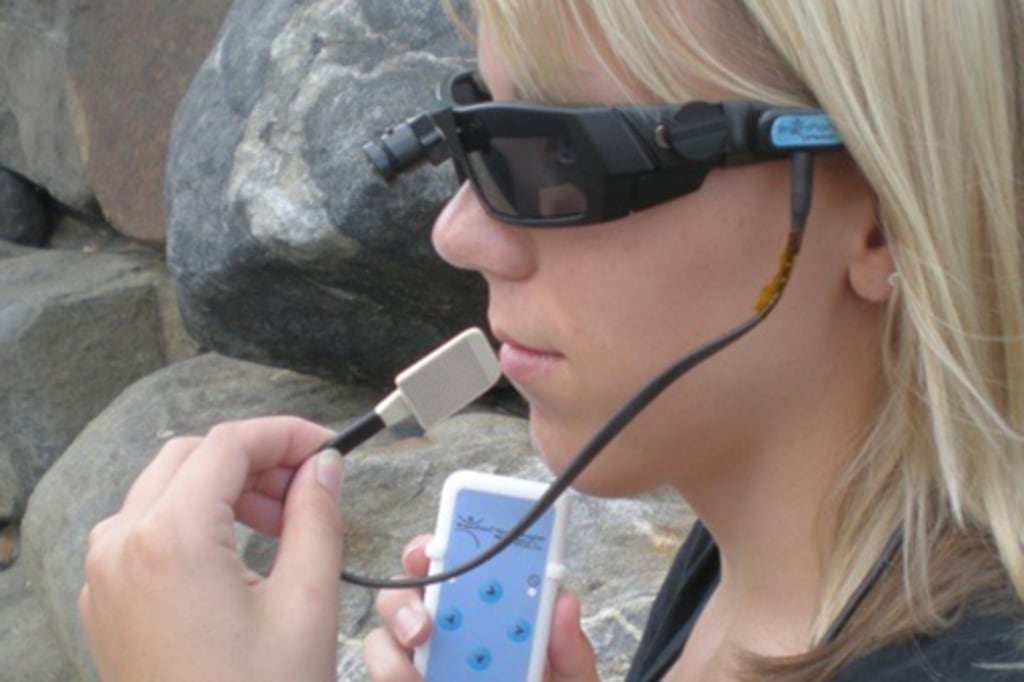Empowering Self-reliance With Assistive Technology for the Blind
The assimilation of assistive innovation into the lives of people with visual problems stands for a substantial innovation in advertising self-reliance and self-sufficiency. From cutting-edge screen visitors to sophisticated wise walking sticks, these devices not just enhance everyday navigation and interaction but likewise equip customers to engage meaningfully in various elements of life. As we check out the myriad advantages and real-world applications of these innovations, it ends up being critical to examine the underlying factors that add to their effectiveness and the potential for future growths in this crucial area.
Introduction of Assistive Technology

The growth of assistive innovation is based in concepts of inclusivity and empowerment. Technologies in software, equipment, and sensory improvements give users with choices customized to their particular needs. From display readers that convert text to speech, to tactile tools that share information via touch, these devices change the method people engage with their surroundings.
In addition to practical applications, assistive modern technology cultivates higher social addition and engagement in various industries, including education and learning and employment (Voice-activated assistive devices). As study and advancement remain to evolve, the possibility for assistive innovation to even more enhance the lives of visually impaired people continues to be appealing, leading the way for a much more equitable culture where every person can grow
Sorts Of Assistive Instruments
A variety of assistive gadgets have emerged to support individuals with aesthetic problems, each created to meet specific needs and enhance day-to-day functioning. These devices vary from low-tech services to modern technologies, providing diverse choices for individuals.
Low-tech devices include magnifiers and large-print materials that aid in reading and writing. Braille devices, such as Braille slates and stylus pens, make it possible for tactile reading and interaction. Orientation and flexibility help, like white canes, help customers browse their environment safely.
On the greater end of the spectrum, digital magnifying systems and screen readers provide significant assistance. Electronic magnifiers allow customers to increase the size of message and pictures on displays, while display visitors transform digital content into synthesized speech, assisting in access to information on computers and mobile phones.
Mobile phone applications additionally play an essential role, providing features like message acknowledgment and navigation assistance. Wearable modern technology, such as wise glasses geared up with augmented reality, is becoming an encouraging device to improve situational understanding.
Benefits of Assistive Technology
The assimilation of assistive modern technology substantially enhances the lifestyle for individuals with aesthetic disabilities. These modern technologies encourage customers by promoting self-reliance, enabling them to navigate their settings better and perform day-to-day jobs with better convenience. As an example, display visitors and magnification software permit people to access digital details, cultivating specialist and academic possibilities that may have formerly been out of reach.
Moreover, assistive devices such as wise walking canes and GPS applications supply real-time navigation aid, improving movement and safety and security. This increased autonomy not only improves self-esteem yet also encourages social interaction, allowing users to take part even more fully in their neighborhoods.
Assistive modern technology also assists in interaction, helping individuals get in touch with others via voice recognition frameless glasses and text-to-speech applications. This capability is crucial for keeping relationships and accessing vital details.
Additionally, the modification alternatives readily available with several assistive modern technologies make certain that users can tailor tools to their particular needs, even more improving use and effectiveness. Overall, the benefits of assistive technology for individuals with visual disabilities are profound, promoting an extra comprehensive culture where every person can seek their aspirations and goals.
Study and Success Stories
Highlighting the transformative effect of assistive innovation, various study highlight exactly how individuals with aesthetic impairments have actually efficiently integrated these devices into their every day lives. One compelling example entails an university student that used display analysis software application to browse academic materials and online sources efficiently. This technology not just promoted her education yet also improved her self-confidence in taking part in conversations and group jobs.
An additional case research study includes a professional that employs a mobile phone application designed for navigation and things recognition. By using this app, he has actually restored freedom in both his individual and workplace, permitting him to commute independently and engage with coworkers better.
Furthermore, a retired person shared her experience with braille e-readers, which allowed her to access a vast variety of literary works and stay gotten in touch with her neighborhood with book clubs.
These success stories underscore the crucial duty of assistive technology in promoting freedom, enhancing high quality of life, and advertising social integration for people with aesthetic problems (Screen readers for the blind). By embracing these cutting-edge tools, individuals can overcome obstacles and confiscate chances that add to their expert and individual fulfillment

Future Fads in Assistive Modern Technology
Development in assistive innovation is positioned to redefine the landscape of support for individuals with aesthetic impairments. Emerging patterns stress the integration of expert system (AI) and device discovering, which boost the functionality of gadgets that aid with navigating and information availability. AI-driven applications are currently capable of translating aesthetic information in real-time, enabling users to engage with their setting extra independently.
Additionally, the development of wearable modern technology is progressing rapidly. Smart glasses geared up with enhanced truth (AR) can supply audio descriptions of surroundings, changing just how individuals communicate with public spaces. These tools not just promote autonomy yet additionally foster social addition.
Furthermore, the Internet of Things (IoT) is making homes smarter, enabling smooth connectivity between assistive tools and daily home appliances. This connectivity equips customers by allowing voice-activated controls and automatic reactions customized to private needs.
Verdict
Finally, assistive innovation plays a critical role in encouraging people with visual impairments by improving their independence and involvement with their surroundings. The varied variety of tools and applications readily available not only promotes navigation and interaction but additionally promotes social combination and opportunities for expert and individual growth. As innovations continue in this area, the capacity for improving the top quality of life for those with visual disabilities will certainly expand, promoting better autonomy and see page empowerment.
